Cincinnati is scheduled to open up its modern streetcar system on September 15, but Kansas City is opening up a system with similar specs today. In fact, they will celebrate the occasion with two days of events aimed at introducing people to the new system.
At 2.2 miles in length, Kansas City has a smaller initial route than Cincinnati’s 3.6-mile system. City leaders there, however, have decided to make the system free to use; and have even made their bus system free during this initial celebration period. In Cincinnati, riders will need to pay $1.00 to ride the streetcar, but there is an ongoing debate about whether there will be an initial period where it will be free.
The opening of Kansas City’s system is particularly interesting due to the fact that the same streetcar vehicles are being used as the ones in Cincinnati. The City of Fountains has also been experiencing a similar explosion of investment on and around its initial $102 million streetcar segment.
“This is my first time visiting Kansas City, and it’s cool to see how much it’s like Cincinnati,” said Derek Bauman, Southwest Ohio director of All Aboard Ohio. “It’s a mid-sized, Midwestern river town; and everything that I’m seeing here coincides with what we’re seeing in Cincinnati – cranes, economic development, new hotels, new condos, new apartments and people moving back into the city.”
Bauman arrived in Kansas City yesterday and will be reporting live for UrbanCincy on our Facebook and Instagram channels over the next few days. He has already posted a number of videos and live reports from Kansas City showing the massive development taking place there, along with the design of their system.
With robust political support in Kansas City, their streetcar has already seen several major sponsors come on board including Sprint, which is the main sponsor and is also providing free wifi on the system, and Blue Cross Blue Shield of Kansas City. Aside from verbal statements, Cincinnati’s corporate community has yet to step up and financially support the system in the same way.
Now that it is open to the public, Kansas City’s streetcar will operate from 6am to 12am Monday through Thursday, 6am to 2am on Fridays, 7am to 2am on Saturdays, and 7am to 10pm on Sundays. It will have 10 minute headways during peak weekday periods, and 12 to 18 minute headways all other times. Transportation officials in Kansas City estimate that the system will serve 2,700 riders per day.
“Like in Cincinnati, there is this buzz of people wanting to be in downtown, and live in walkable neighborhoods,” Bauman explained. “We’ve been talking about this for years, but now we’re seeing it come to fruition in both cities.”
You can follow Bauman’s reporting throughout today and tomorrow on Twitter @DerekBauman, live video streaming at Facebook.com/UrbanCincy, and through his photos at Instagram.com/UrbanCincy.
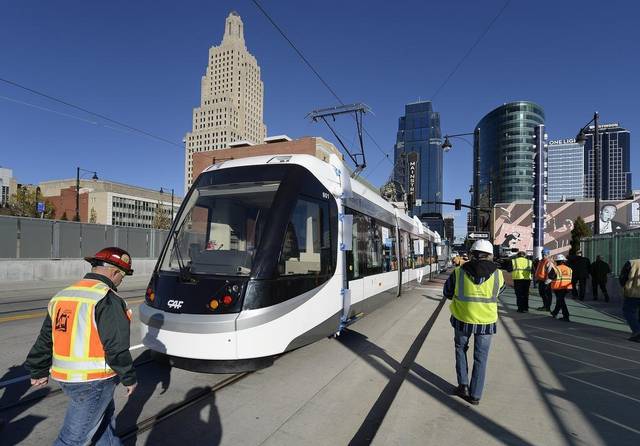
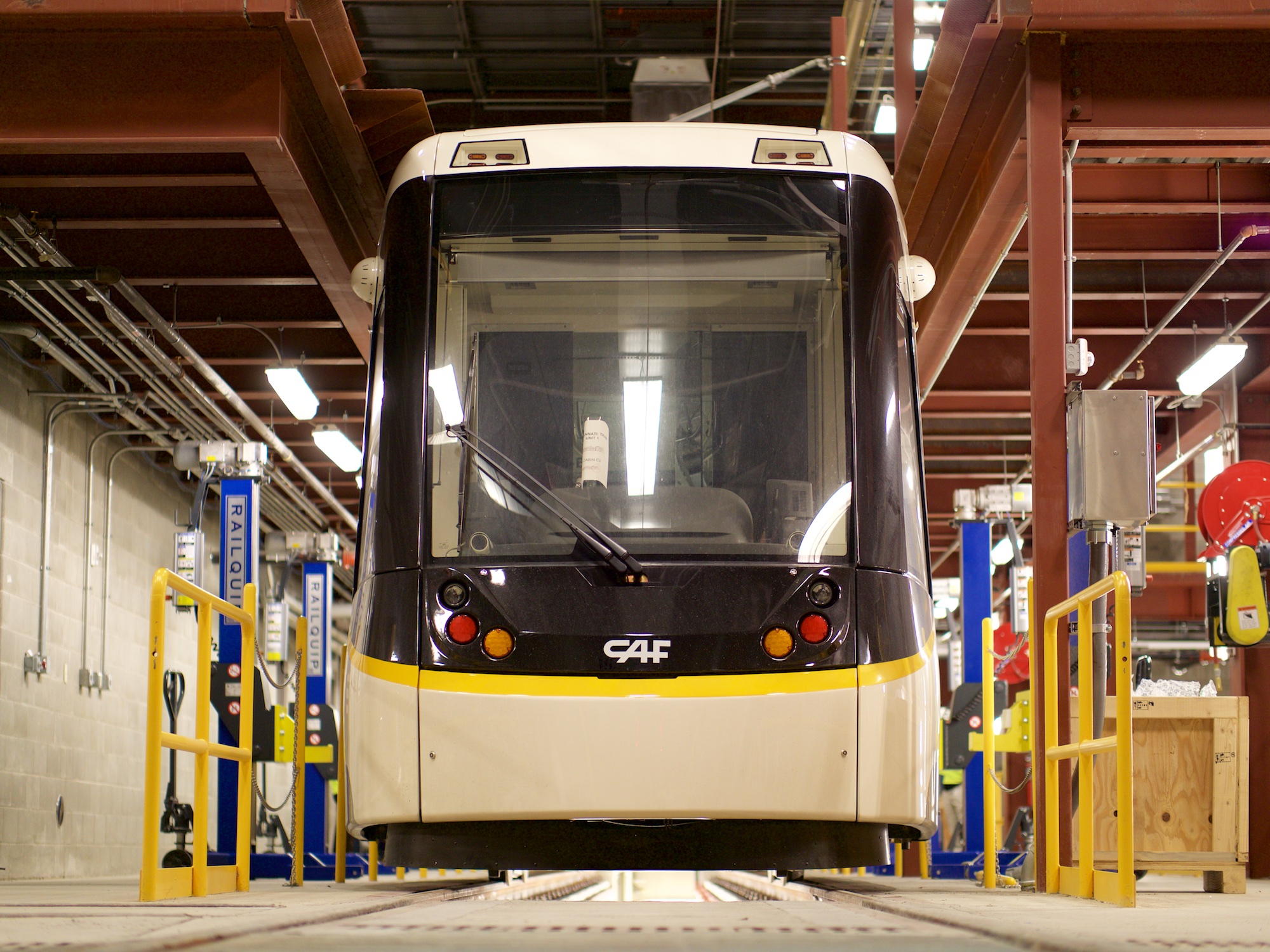
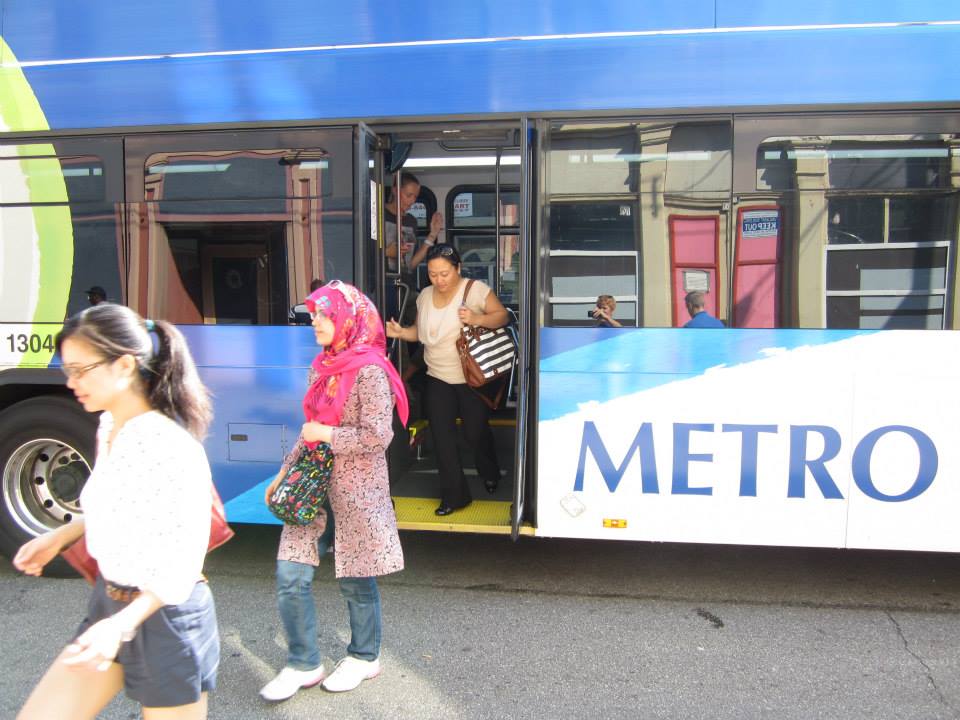
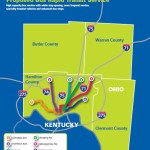
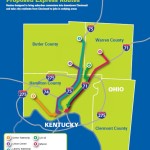
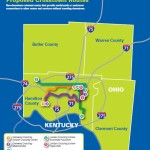
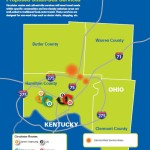
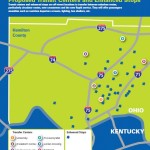
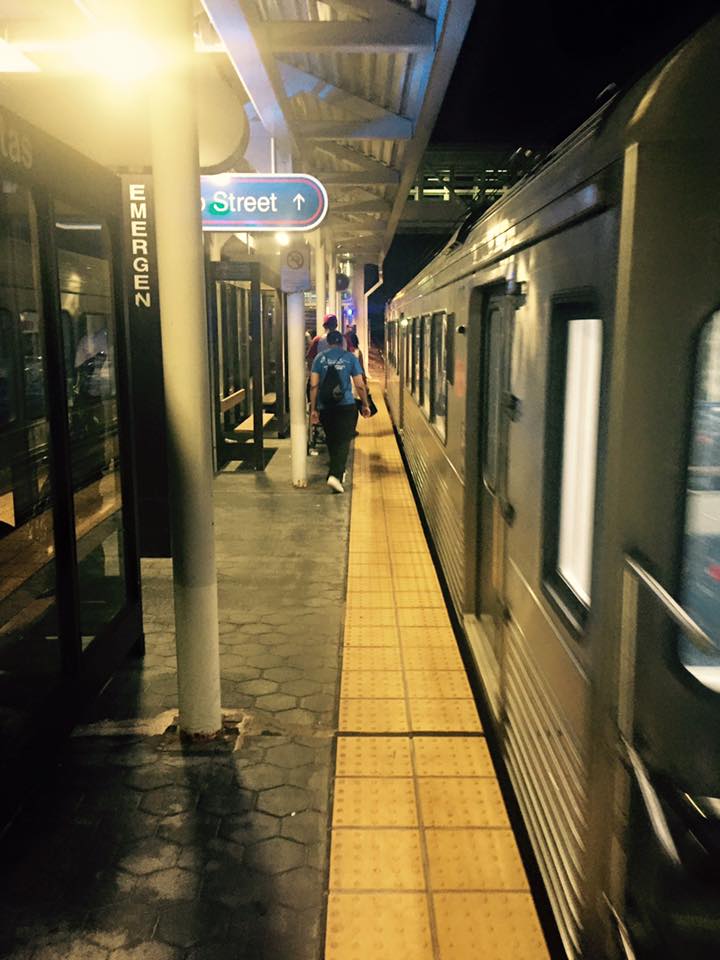
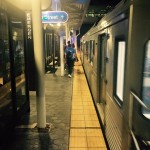

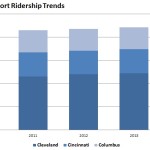
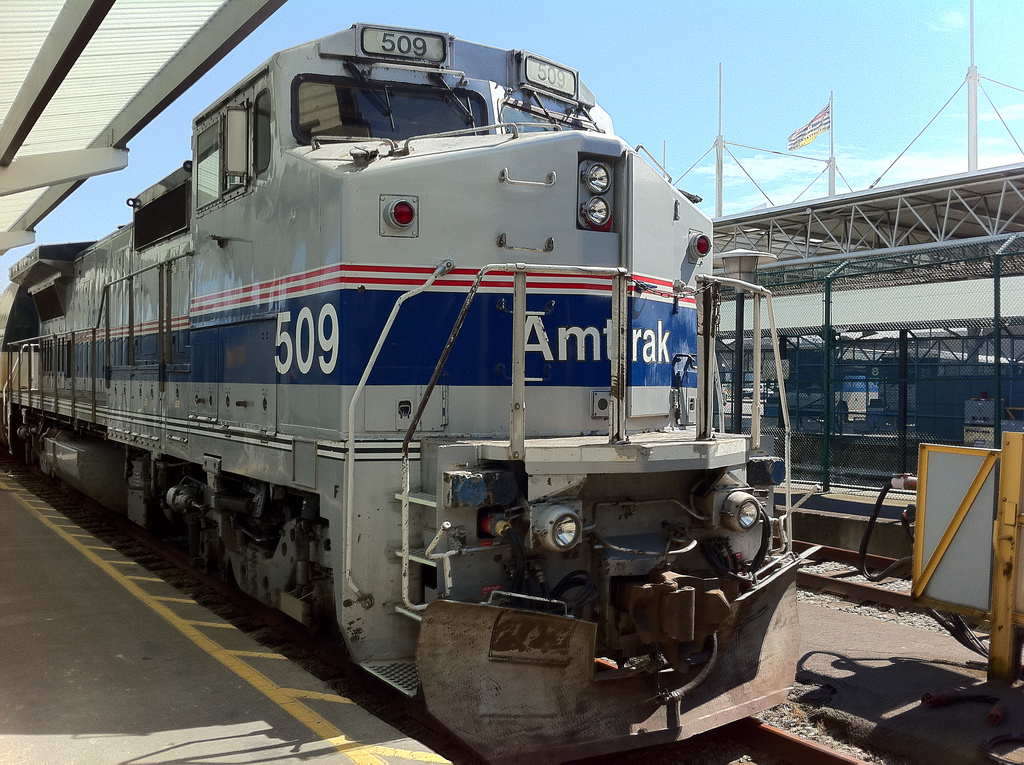
 Local and national developments show positive signs for America’s oft-criticized national passenger railroad company, Amtrak. A railroad reform bill introduced in the Senate contains many positive changes for Amtrak and local support continues to grow for increased service on Cincinnati’s tri-weekly train to Indianapolis and Chicago.
Local and national developments show positive signs for America’s oft-criticized national passenger railroad company, Amtrak. A railroad reform bill introduced in the Senate contains many positive changes for Amtrak and local support continues to grow for increased service on Cincinnati’s tri-weekly train to Indianapolis and Chicago.